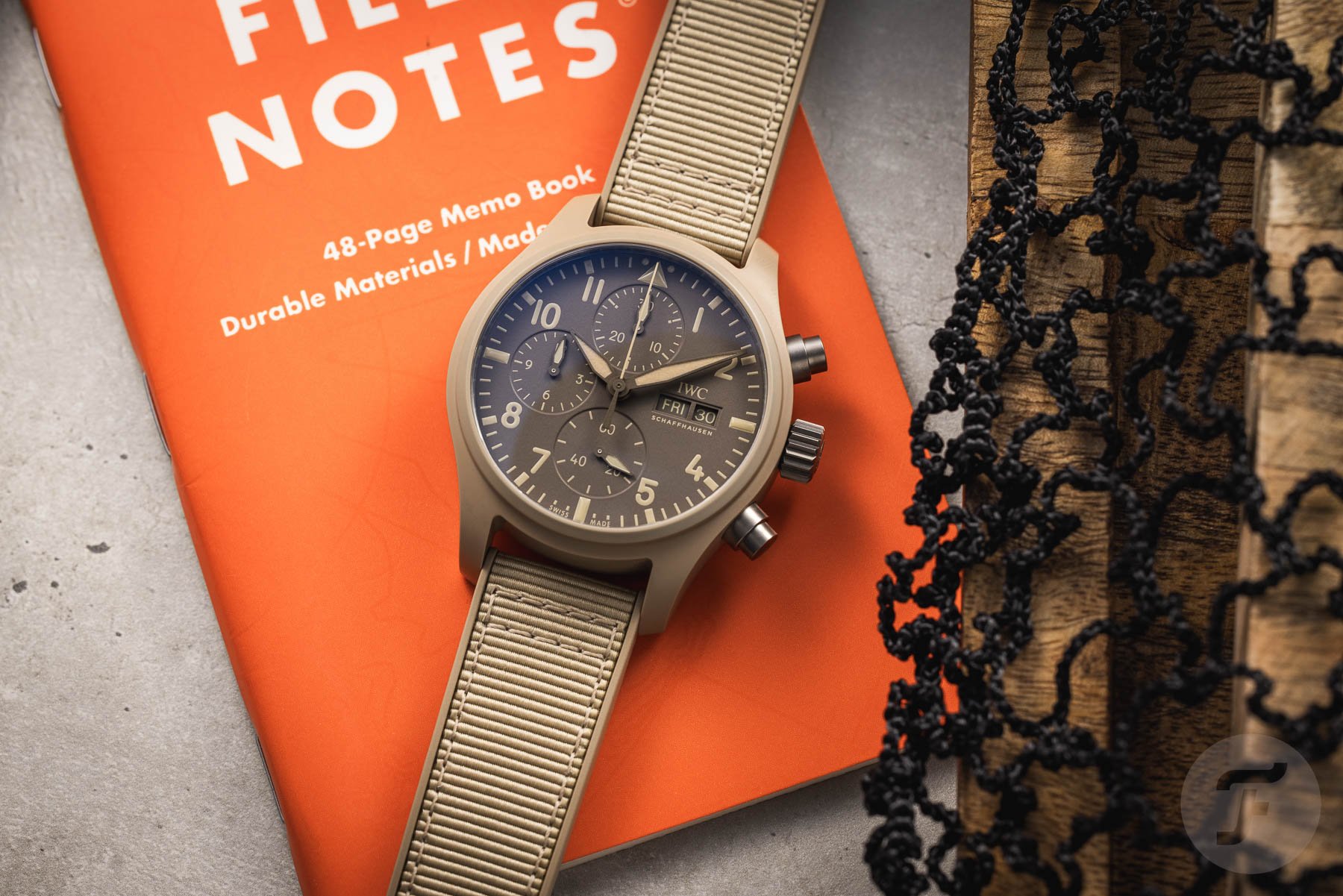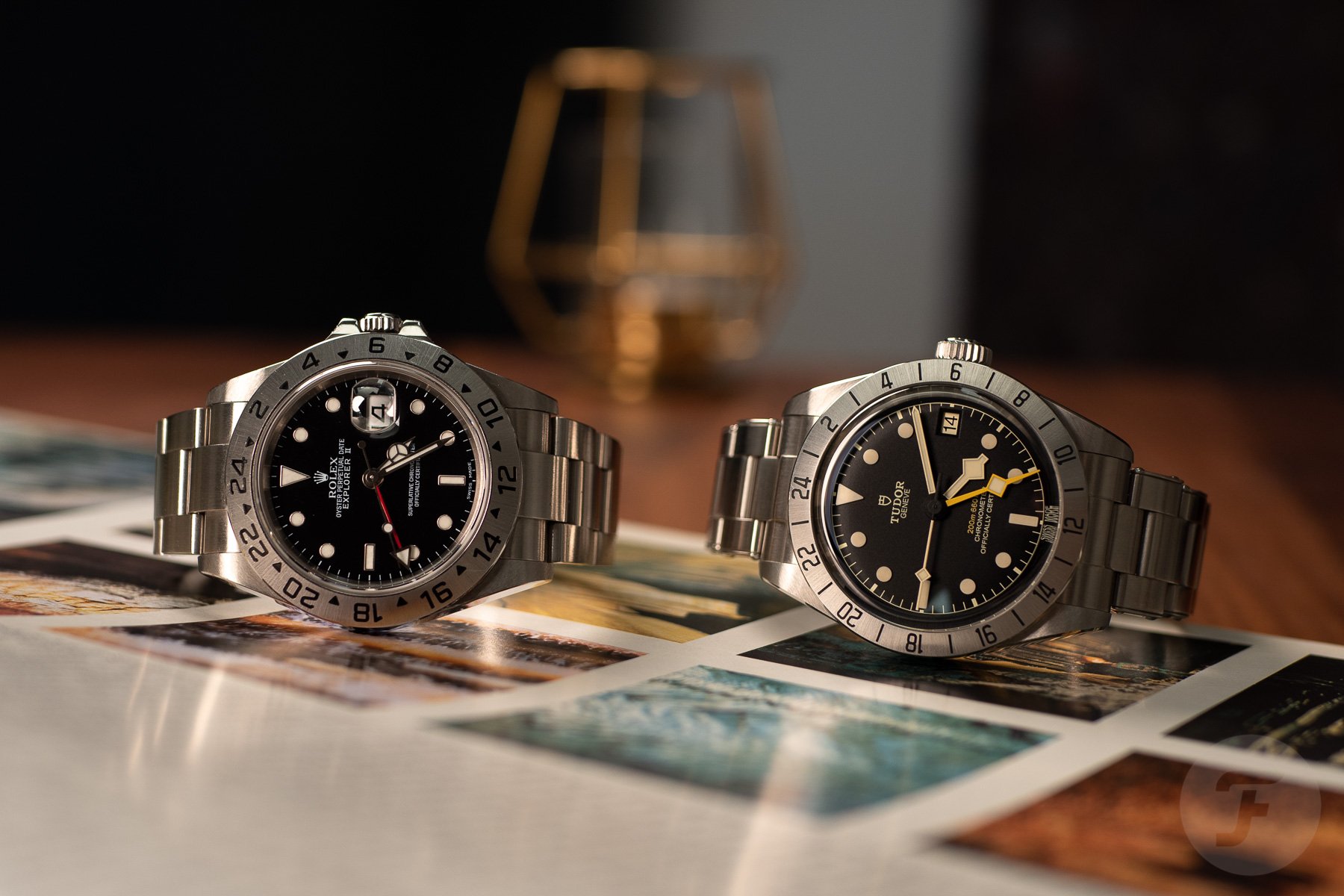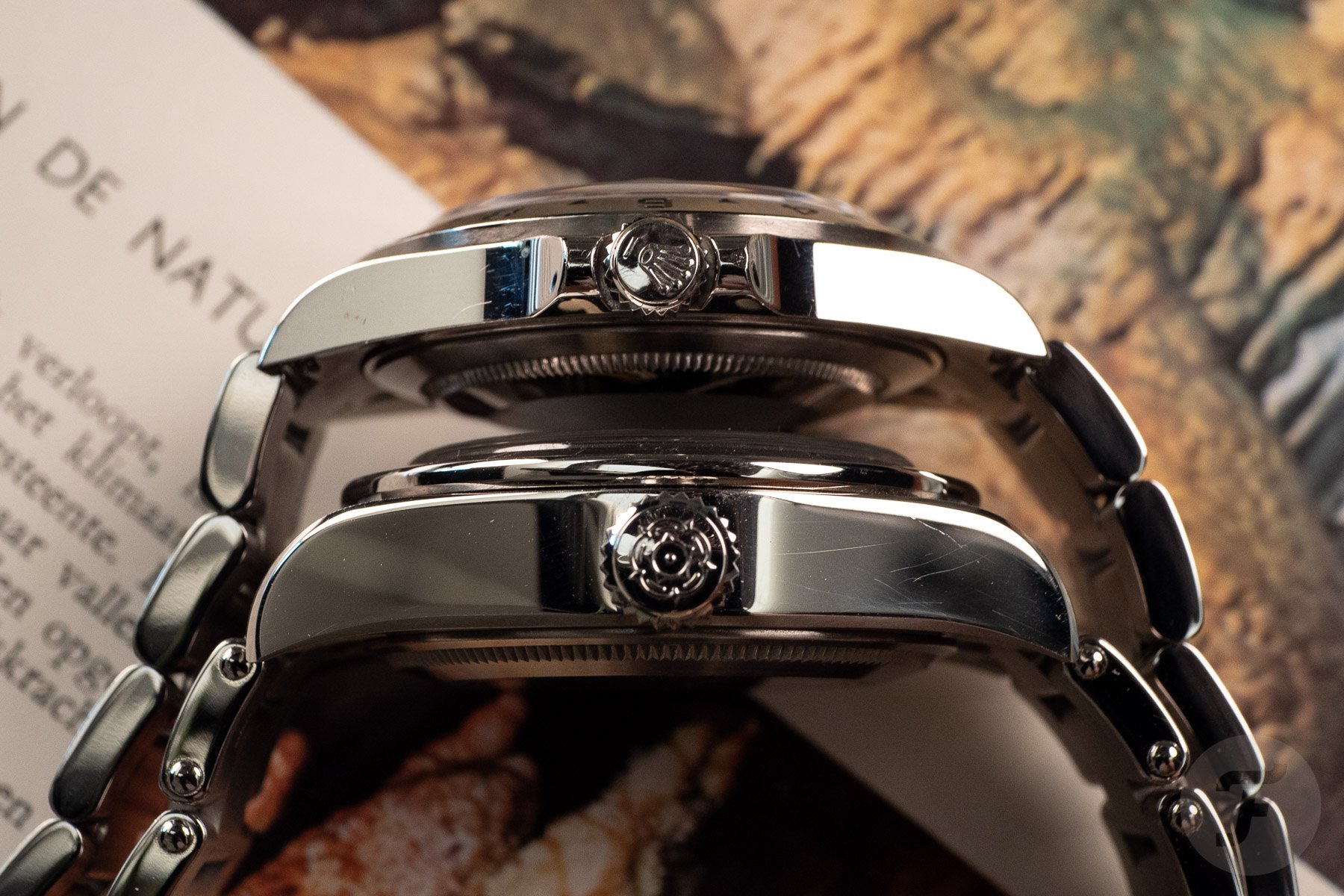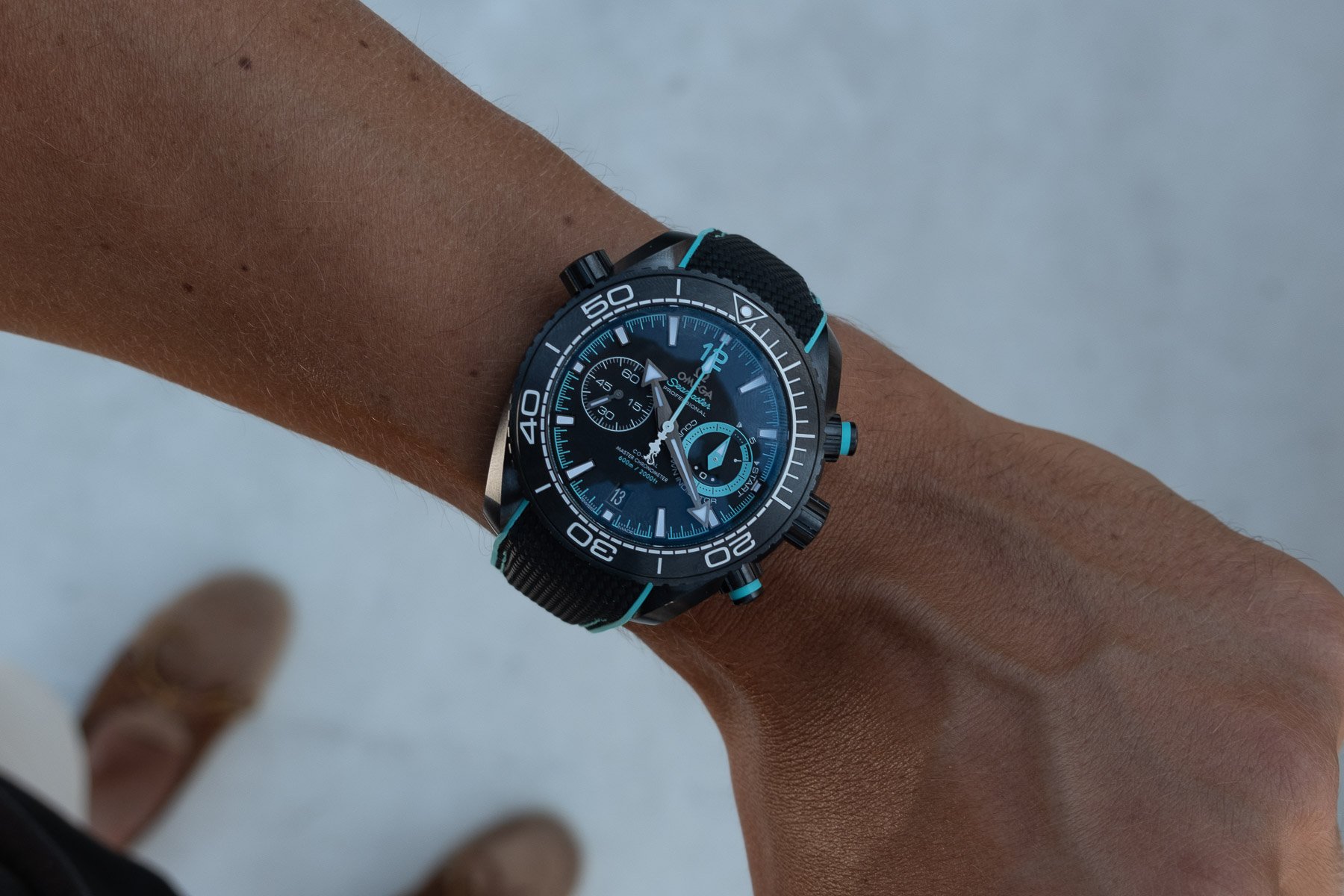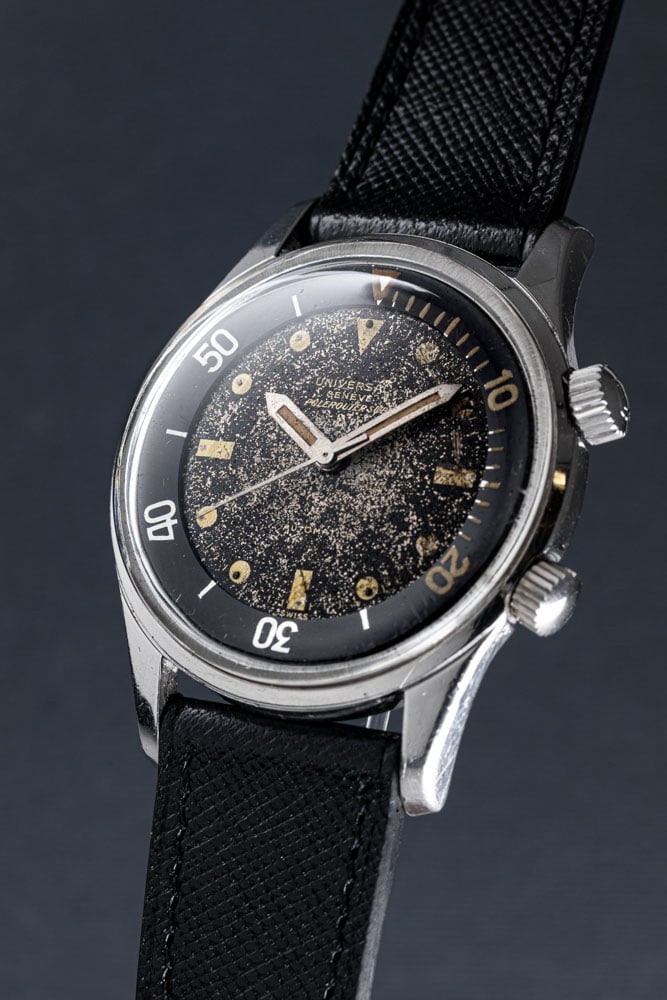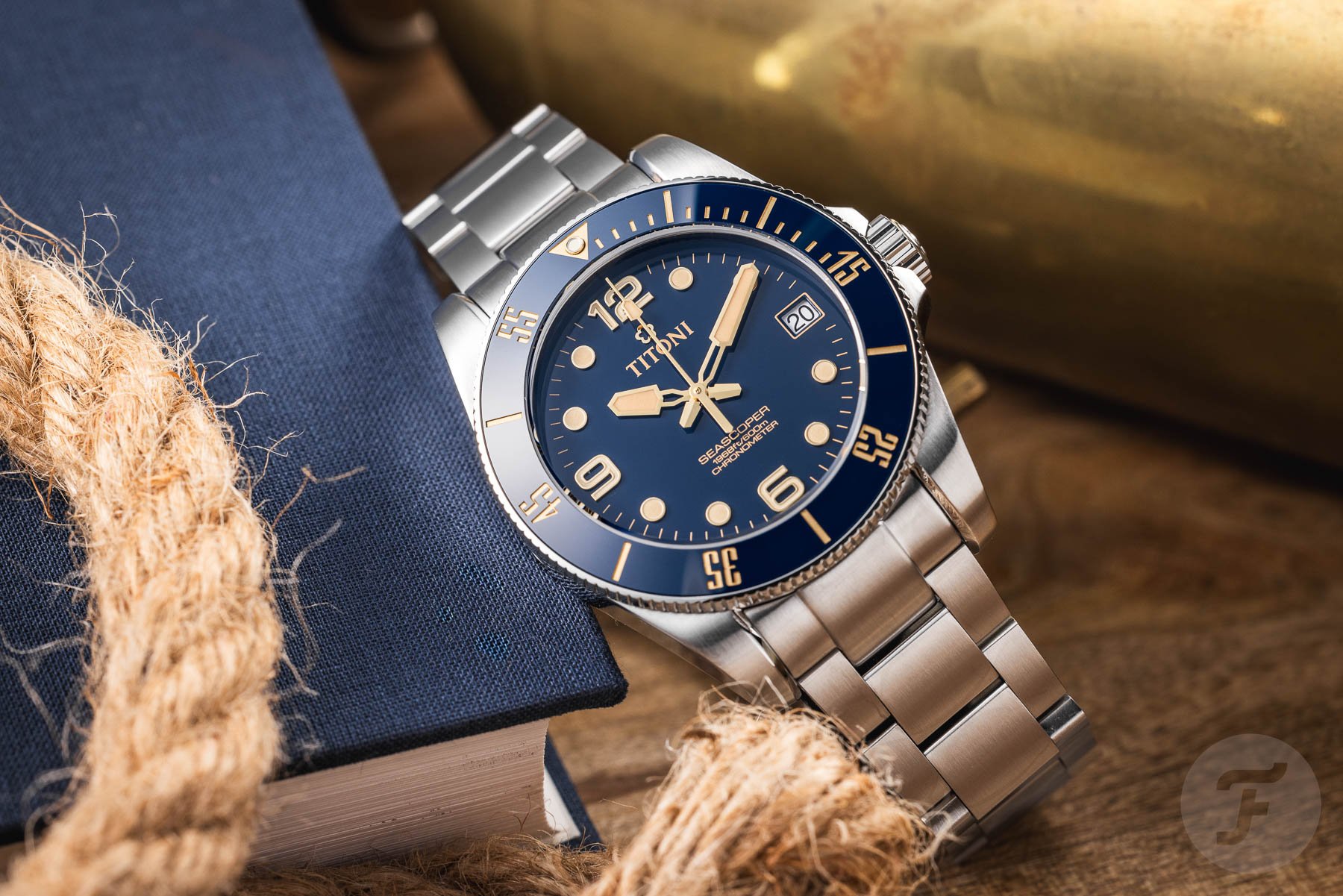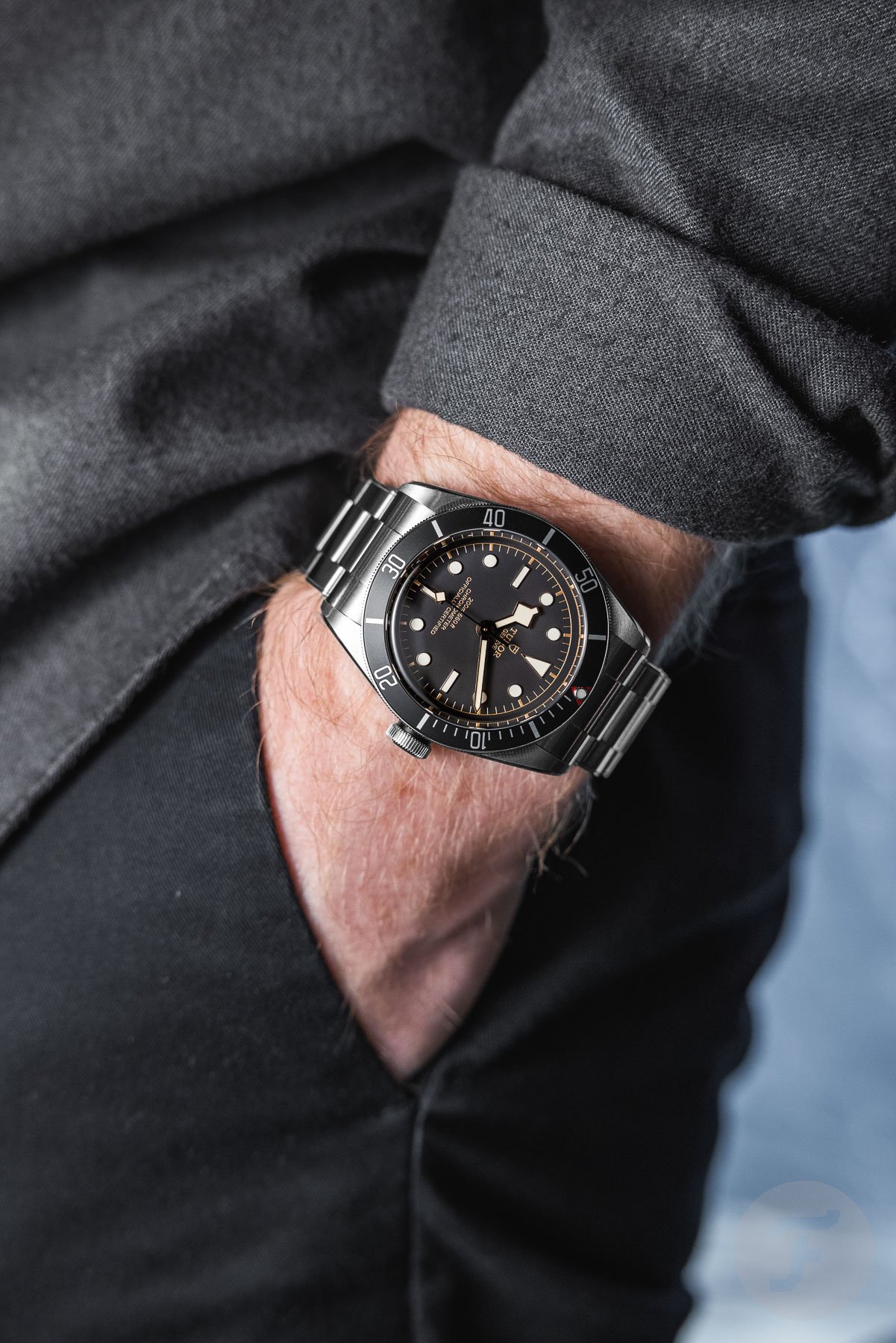Watch Design And Manufacturing — Things That Have Improved And Things That Haven’t
One of the many things I love about a good watch is its permanence. A properly built watch, well maintained, will not expire. This has been the case for decades now, but it is particularly evident these days through its contrast with our quick-consumption habits. However, although watches have long been made to last, some things have changed. Today, I examine a basic question: what has improved and what hasn’t in terms of watch design and manufacturing?
It is interesting to see how watches are still changing as it is such a mature product category. This isn’t fringe technology that is in rapid development. Watches are also products that were arguably perfected a long time ago, so changes tend to be more marginal. Let’s see what we can uncover!
What has improved in terms of materials?
I think the biggest changes have occurred in the realm of materials. This makes sense since it piggybacks on developments in other fields where the demand is more pressing. Material science is actually accelerating once more under the influence of artificial intelligence as we speak, so I expect this to be a field of interest for some time to come. What new alloys and compounds will we see in the coming years?
Ceramics are the most prominent group of materials that have made a big splash in the watch world. We can trace this back to the 1960s when Rado released the first watch in the world to be made out of tungsten carbide, a type of high-density ceramic. Zirconium dioxide, the now-prevalent ceramic formula, started to appear on the scene in the 1980s. As you know, ceramic watches are light, virtually scratch-proof, and hypoallergenic. They can be produced in colors. Arguably, all of these qualities are improvements. Unfortunately, ceramic watches are also expensive to produce and more brittle. This, combined with the fact that many people want luxury products to be heavy, means that it remains a specialty material.
It is tempting to look at case materials, but there have been more impactful improvements in movement materials. Think, for instance, of the use of silicon since roughly 2001. Completely non-magnetic and insensitive to temperature, it is perfect for hairsprings. We can even expect further improvements since the development of carbon coating and diamond coating, which can now prevent silicon from going brittle over time. In general, material innovations tend to lead to longer service intervals, improved accuracy, and reliability.
What has improved and what hasn’t in terms of style and design?
Of course, material innovations have had effects on watch designs and styles too. Sapphire crystals could be produced in different shapes from the earlier acrylic ones, for example. Ceramics replaced aluminum bezel inlays, resulting in a different aesthetic.
Generally, watches have always followed fashion trends too. From case shapes to colors and typography, watches have long been based on the aesthetic of the day. In that sense, then, it is hard to say whether watch design has improved or not. It has, basically, just been in flux.
The 2000s saw an interesting development, though. Whereas miniaturization and thinness had always been considered goals to strive for, watches increased in size quite dramatically. Although that trend has come and gone, its effects linger today. With thicker watches in vogue, as well as a focus on features like longer power reserves, new calibers at the time didn’t have to be as slim anymore. Now that people are asking for svelte watches again, some brands struggle to size back down. Their calibers are simply not designed for it. Regardless, thickness for thickness’s sake is still prominent in watch design too. This, I would argue, is not an improvement.
From better to fancier
In a previous article, I touched upon the next change we have seen. As watches became luxury items, priorities started shifting. Before, a new version of a tool watch was usually better at its intended job. It was more water resistant, less sensitive to magnetism, more reliable, slimmer…you name it.
But as the tool watch became a fashion statement for affluent buyers, priorities changed. A new version no longer had to be better. Instead, it had to be fancier —more of a conversation piece, more visually stunning and impressive. Now we see the biggest changes in stylistic elements. That hardcore diver got a shiny bezel and a sunburst dial first. Another generation later, it got a vignette sunburst dial. Yet another generation later, it got a display case back with a decoration painted on the glass.
I have likened this to a move from an artisanal pizza Margherita to a Hawaiian deep dish with stuffed double crust and garlic sauce. It is a lot of embellishments at the expense of simple elegance and function. This, to me, is a development that I would rather see the end of. Interestingly, we are more likely to see a counter-movement of watch brands going back to basics while others keep shifting upmarket.
Technical improvement leads to reduced aging effects
Technical innovations in materials, construction, and manufacturing have an interesting effect on how watches age — or, rather, no longer age. There is a fascinating paradox here. On the one hand, we tend to like vintage watches for their patina. Yellowed tritium on a silver-turned-champagne dial tends to go over well with aficionados. It goes over so well, in fact, that brands started applying such patina effects to brand-new watches — faux patina.
At the same time, great improvements have been made in material stability. Lacquers and paints are more stable in both color and texture, so don’t expect your modern dial to fade or crack into a “spider” dial. Super-LumiNova doesn’t fade or change color. Nor does it burn into the dial like radium once did, resulting in a natural vignette effect. A ceramic bezel inlay doesn’t fade, and a sapphire crystal doesn’t scratch (easily). Nor do a hardened case and bracelet, although those innovations aren’t quite as widespread yet.
In short, watches are now almost frozen in time. Of course, this is a big improvement from a technical point of view. From a romantic perspective…well…you be the judge of that. It’s a matter of taste.
Closing thoughts on what has improved and what hasn’t
Even though high-end watches are a fully matured category, we still see them evolving. Interestingly, they are still improving at the base level. Brands like Rolex and Omega are still pushing the envelope of accuracy, reliability, and stability under external influences.
We are also still seeing improvement happening in terms of longevity. A well-maintained watch from 1960 can already easily outlast you. A well-made watch from 2024 is even more likely to. Bracelets are one field in which this is particularly clear. But the aforementioned super stable paints, lacquers, and lume also chip in.
What other changes in watches throughout the decades stand out to you? What would you consider to have improved, and what has gone backward? Let us know in the comments below!


